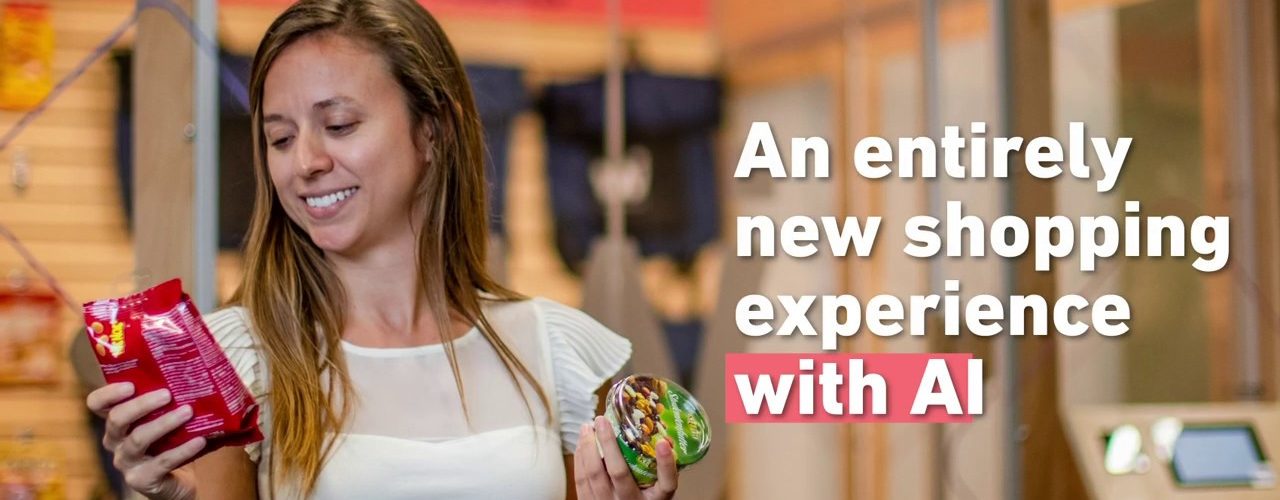Customers enjoy high levels of flexibility and convenience: consumers enter the store via smartphone, pick products which are scanned automatically, the payment happens automatically when leaving
press-releases
wirecard
Aug 15, 2019
Wirecard drives the future of customer centricity with Grab & Go Store
The Grab & Go Store prototype offers an entirely new and seamless shopping experience through AI
Customers enjoy high levels of flexibility and convenience: consumers enter the store via smartphone, pick products which are scanned automatically, the payment happens automatically when leaving
Wirecard, the global innovation leader for digital financial technology, continues to break new ground in the future of shopping with its prototype of an unmanned store. The Grab & Go Store concept offers shoppers a convenient, seamless purchasing experience through AI: consumers enter the store via smartphone, pick products which are scanned automatically, the payment happens when leaving – with this, lines, checkouts and opening hours are eliminated, and the payment process happens in the background.
Launched by Wirecard’s Innovation Labs, the Grab & Go Store works through a combination of computer vision, deep learning, and logic. The store offers a convenient and entirely streamlined customer journey: both pre-registered and new shoppers can simply enter the store after being automatically identified at the door, select their desired items, and leave.
“At Wirecard, we believe that the future of shopping is all about customer convenience,” said Jörn Leogrande, EVP Wirecard Labs. “Our Grab & Go Store is suitable for a variety of shopping scenarios which put the customer first and give them the utmost flexibility. We see the Grab & Go Store and similar concepts becoming widespread in the near future, and for this reason we are positioning ourselves at the forefront of this technology.”
The store grants access to customers through a variety of methods via smartphone, which can be tailored to the merchant’s preference. Non-registered users can enter the store with a tap of their credit card, after entering an email address to receive their receipt. Another scenario consists of giving access to users who have downloaded the store app and have registered their payment data beforehand.
After selecting their items, shoppers simply walk out of the store and the payment is triggered. The system detects misplaced items, for example items which were picked up and then left on a different shelf, and will not charge the shopper for these items. As a result, customers can shop as they would naturally, picking up and examining items and leaving the store only with the items they have decided to buy.
The store lends itself to a variety of retail scenarios. Instead of being present at the checkout desk, staff can carry out more valuable customer service roles. The store can also be adapted to a store-in-store concept, for example for expensive or age-restricted products. Merchants can leverage on additional features via an app, such as real-time inventory updates, meaning that the store manager is always up to date on inventory changes and can react accordingly.











